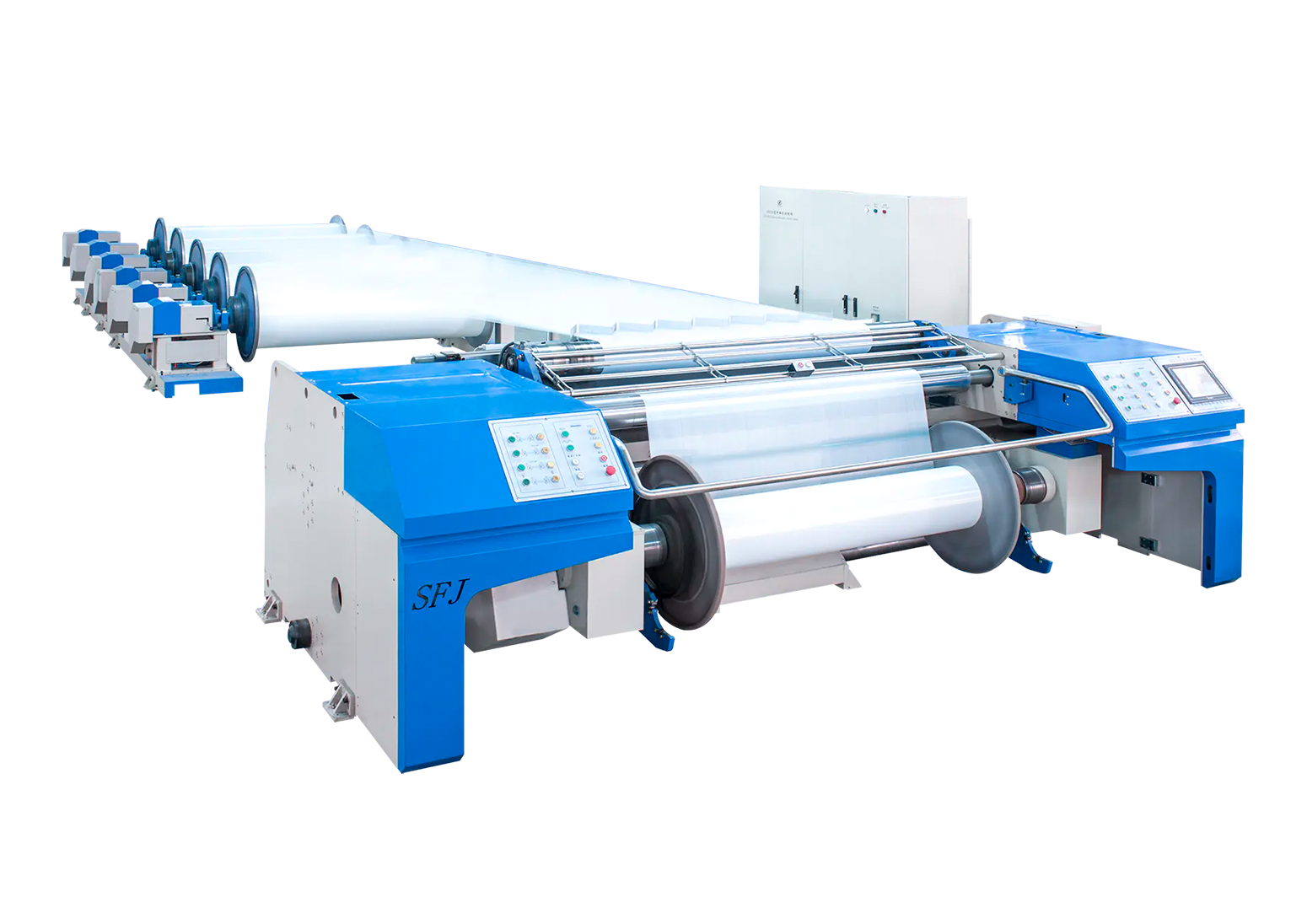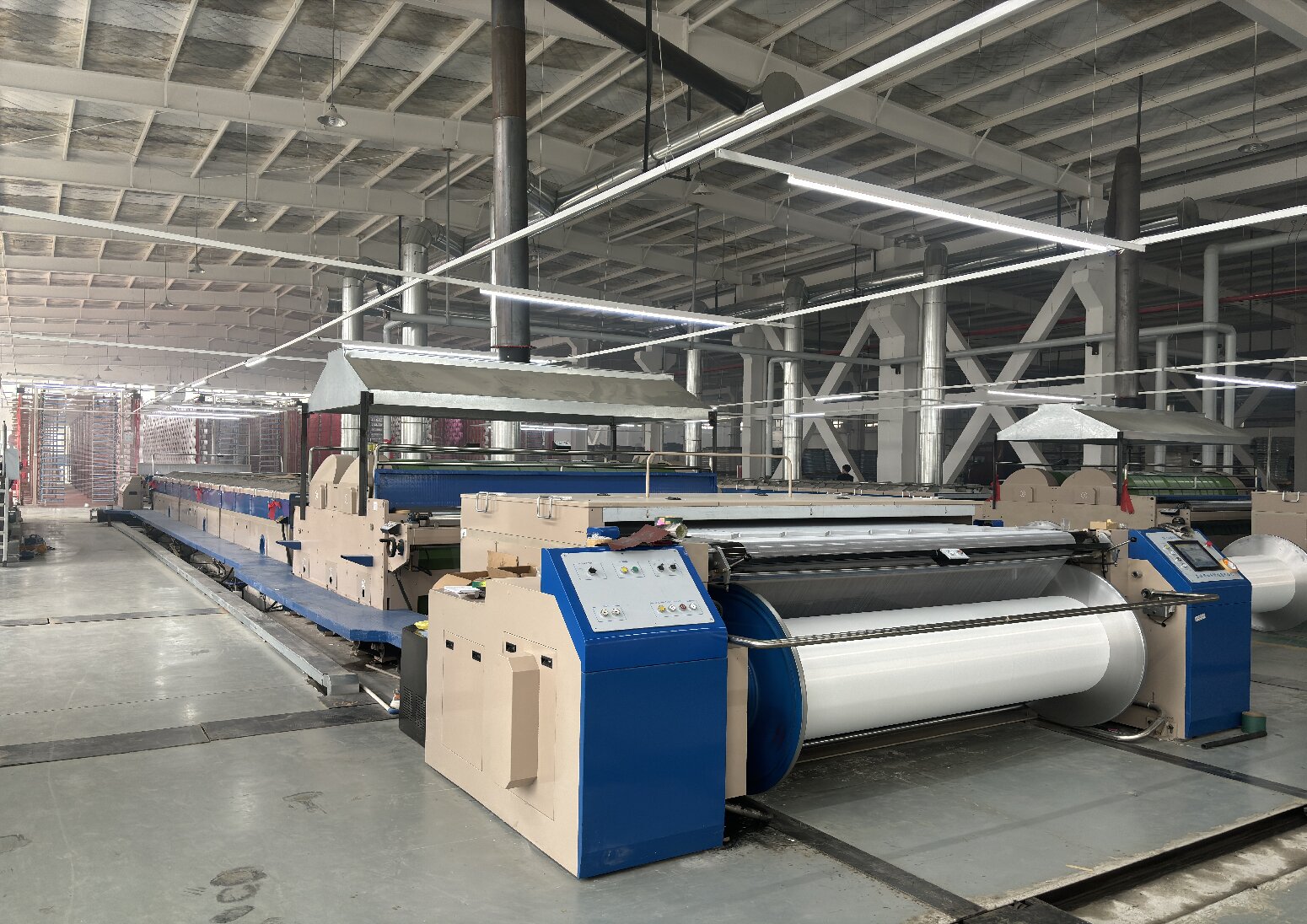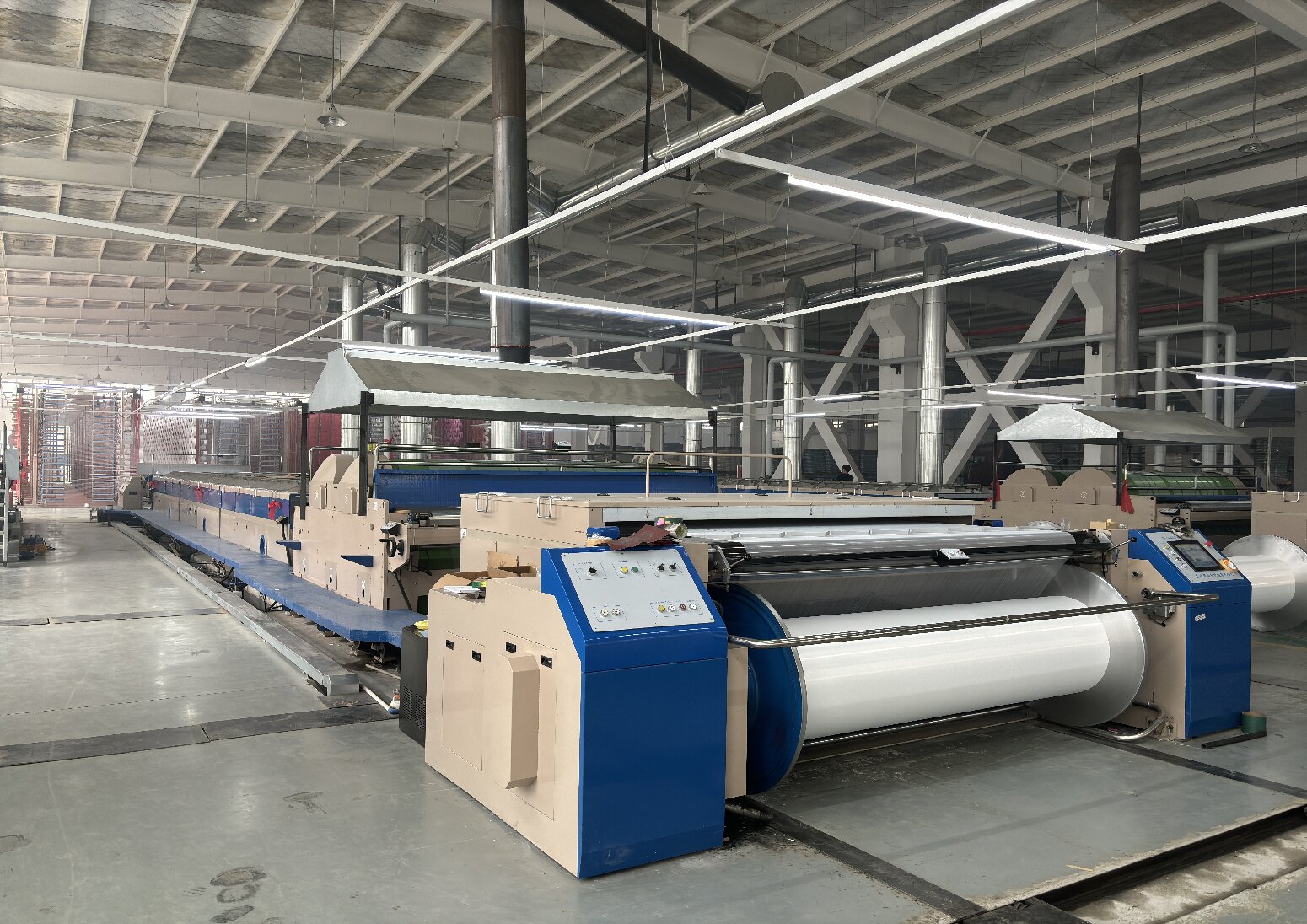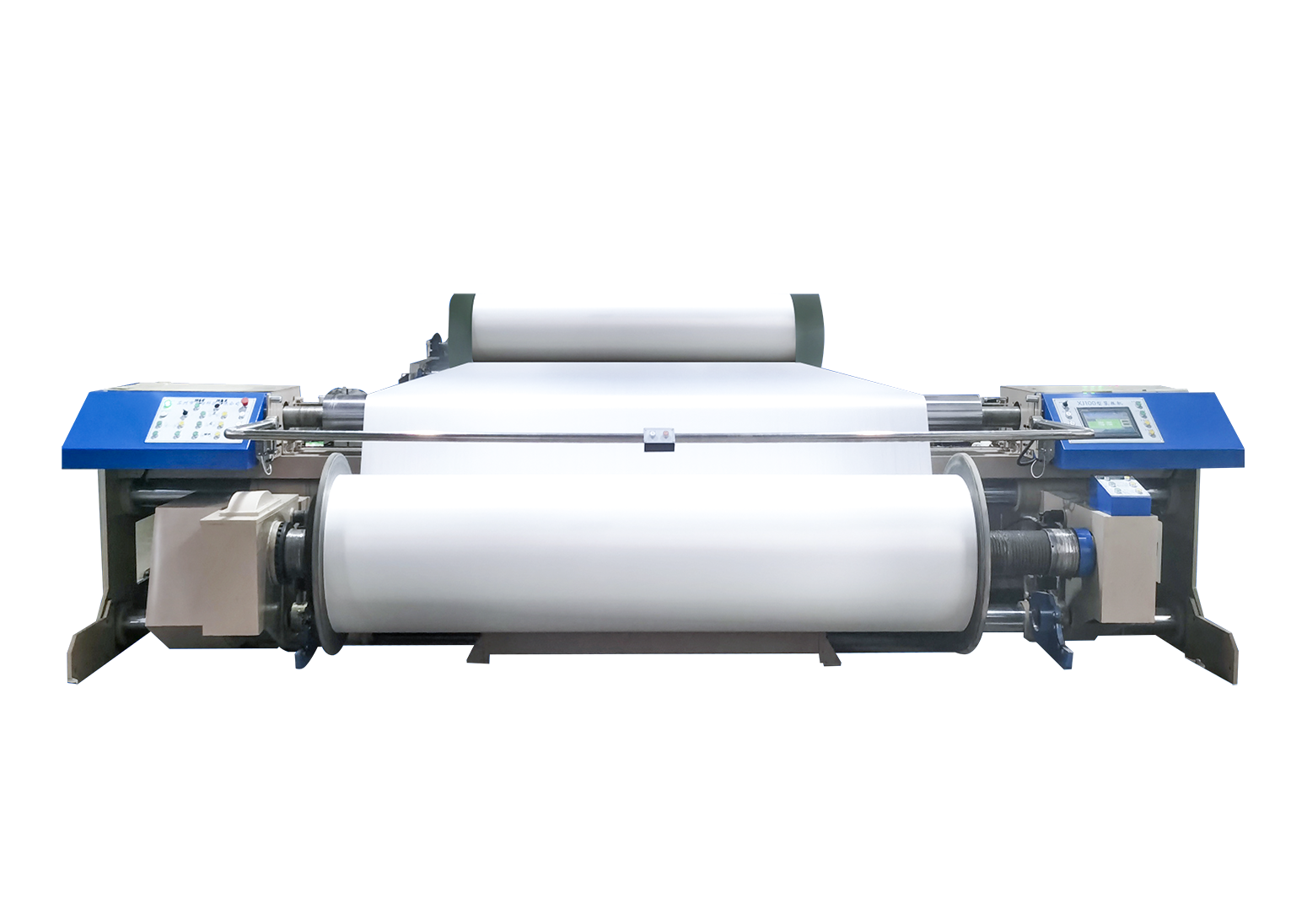Textile Preparation Equipment: Unveiling the Mysteries Behind Fiber Transformation
Textile preparation is a crucial stage in the textile manufacturing process, where raw fibers are converted into yarns or threads. This process involves various equipment and machinery to ensure the fibers are properly aligned, cleaned, and conditioned before they undergo spinning. The efficiency of textile preparation equipment significantly impacts the quality and strength of the final textile product.
Carding Machine:
The carding machine is a fundamental piece of equipment in textile preparation. It disentangles, cleans, and aligns fibers to create a continuous web of fibers called a card sliver. The machine uses a series of rotating drums covered with card clothing to comb and align the fibers in a specific direction. This process removes impurities and short fibers, resulting in a more consistent and parallel fiber arrangement.
Combing Machine:
Combing machines are used to further refine the carded sliver by eliminating remaining short fibers and impurities. This process, known as combing, produces a more uniform and higher-quality sliver called combed sliver. Combed yarns are known for their enhanced strength, fineness, and uniformity. Combing machines play a crucial role in improving the overall quality of the final textile product.
Drawing Frame:
The drawing frame is employed to further attenuate and equalize the sliver produced by the carding or combing machines. It reduces the sliver's thickness and enhances its uniformity by elongating the fibers. The drawing frame is crucial for achieving the desired characteristics in the yarn, such as strength and evenness.
Roving Frame:
After the drawing process, the sliver is converted into a finer strand known as roving using a roving frame. This machine adds a slight twist to the drawn sliver, making it more suitable for the subsequent spinning process. Roving frames are essential for preparing the fibers for the final spinning stage.
Sliver Lap Machine:
The sliver lap machine is used to produce a lap, which is a thick sheet of fibers. This sheet is then fed into the carding machine to create a more uniform carded sliver. Sliver lap machines are particularly useful when dealing with short-staple fibers.
Blow Room:
The blow room is the initial stage of textile preparation, where raw fibers are opened, cleaned, and blended. It involves various machines such as bale openers, cleaners, and mixers. The blow room is crucial for ensuring that the fibers are free from impurities and adequately prepared for subsequent processing.
Waste Collection System:
Textile preparation also generates a significant amount of waste, including short fibers, dust, and other impurities. Efficient waste collection systems are essential to maintain a clean and environmentally friendly manufacturing environment. These systems often include dust extraction units and waste collection bins.
In conclusion, textile preparation equipment plays a vital role in transforming raw fibers into high-quality yarns ready for the spinning process. Each machine in the preparation stage contributes to the overall quality and characteristics of the final textile product. The efficiency and precision of these machines are essential for meeting the specific requirements of different textile applications.



 中文简体
中文简体








